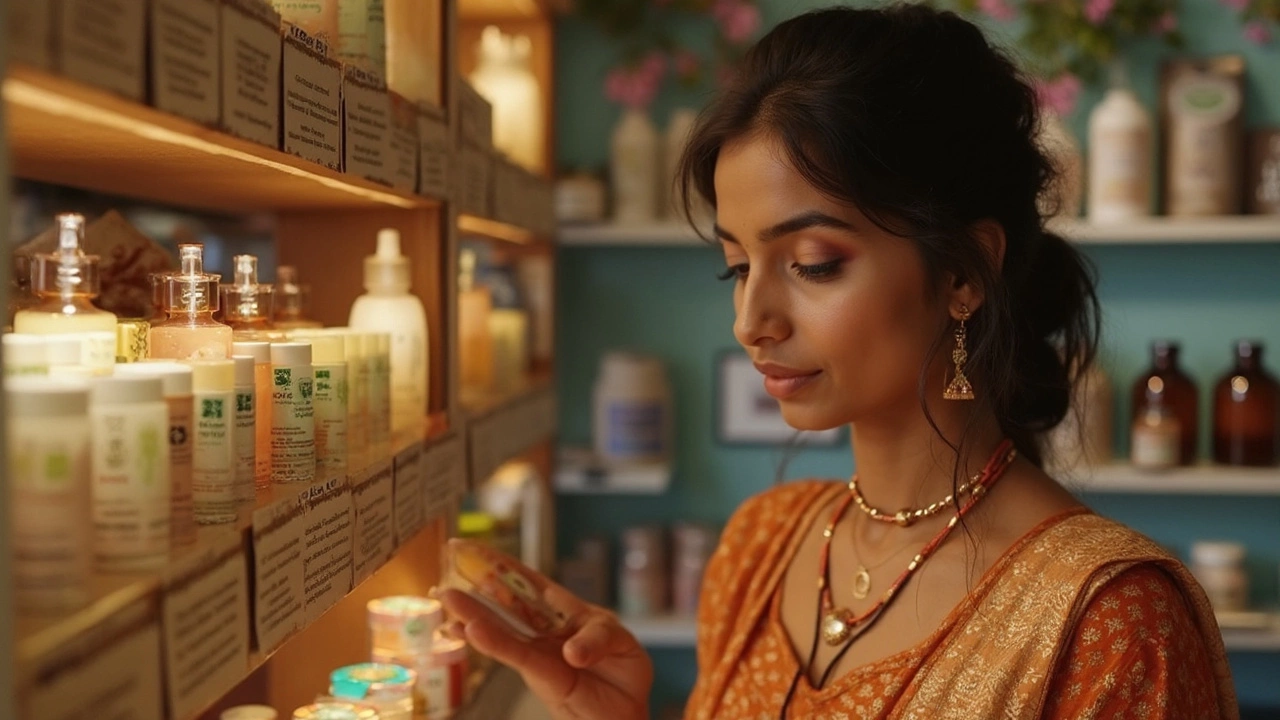Safe Makeup Brands: Clean, Non‑Toxic Picks for Every Beauty Lover
Ever looked at a lipstick and wondered if it’s hiding nasty chemicals? You’re not alone. More people want makeup that looks good and doesn’t hurt their skin or the planet. Below you’ll find the basics of what makes a brand safe and a short list of the top clean makeup lines you can trust today.
What Makes a Makeup Brand Safe?
A safe brand starts with a clear ingredient list. Look for terms like "fragrance‑free" or "paraben‑free" and avoid ingredients such as BHA, BHT, formaldehyde releasers, and certain synthetic dyes. Certifications can help: the Leaping Bunny or PETA cruelty‑free logos show the brand doesn’t test on animals. Some brands also carry a dermatologist‑tested badge, meaning a skin‑care professional has checked the formula for irritation.
Another good sign is transparency. Brands that publish their full ingredient breakdown on the website make it easier for you to spot anything you’d rather avoid. If you have sensitive skin, aim for mineral‑based powders and iron‑oxide pigments rather than heavy silicones or synthetic oils.
Top Safe Makeup Brands to Try in 2025
Ilia Beauty – Known for hybrid skincare‑makeup products, Ilia keeps the formula simple and focuses on organic oils and pigments. Their foundations and lipsticks have a short, readable ingredient list and are cruelty‑free.
RMS Beauty – This brand uses food‑grade ingredients like raw cacao butter and coconut oil. Their products feel lightweight and stay on well, plus they’re free from parabens and phthalates.
Alima Pure – If you love mineral powder, Alima Pure is a solid pick. Their loose powders are built on pure minerals, no talc, and they offer a range of shades for deeper skin tones.
Kjaer Weis – A luxury line that still stays clean. Their foundations and eyeshadows are made with natural pigments and plant‑based oils, and the packaging is refillable, cutting waste.
Jane Iredale – A dermatologist‑backed brand that blends mineral makeup with skin‑care benefits. Their foundations double as sunscreen, and they avoid harsh chemicals.
When you shop, keep a cheat sheet handy: check for fragrance‑free, non‑comedogenic, and mineral‑based labels. If a product looks promising but you’re unsure about an ingredient, a quick Google search will tell you if it’s safe for your skin type.
Try swapping one fast‑selling product at a time – maybe start with a foundation or a lip color. That way you’ll see how your skin reacts without overhauling your whole routine. And don’t forget to read reviews; real‑world feedback often points out hidden irritants that aren’t listed on the label.
Safe makeup doesn’t have to be boring or expensive. With these brands, you get color, coverage, and confidence while keeping your skin and the planet happy. Ready to give your makeup bag a clean upgrade?
Healthiest Cosmetics Brands: Your Real Guide to Organic Skincare
Trying to choose the healthiest cosmetics brand is tricky with so many options and confusing labels. This article breaks down what really makes a brand 'healthy' and why it matters for your skin and body. Discover which top brands put transparency and real organic ingredients first, plus some ingredient red flags to avoid. You'll get tips for building a simple, safe routine and spotting misleading greenwashing. Feel confident picking products that nourish your skin without the hidden nasties.

 Hair Care
Hair Care